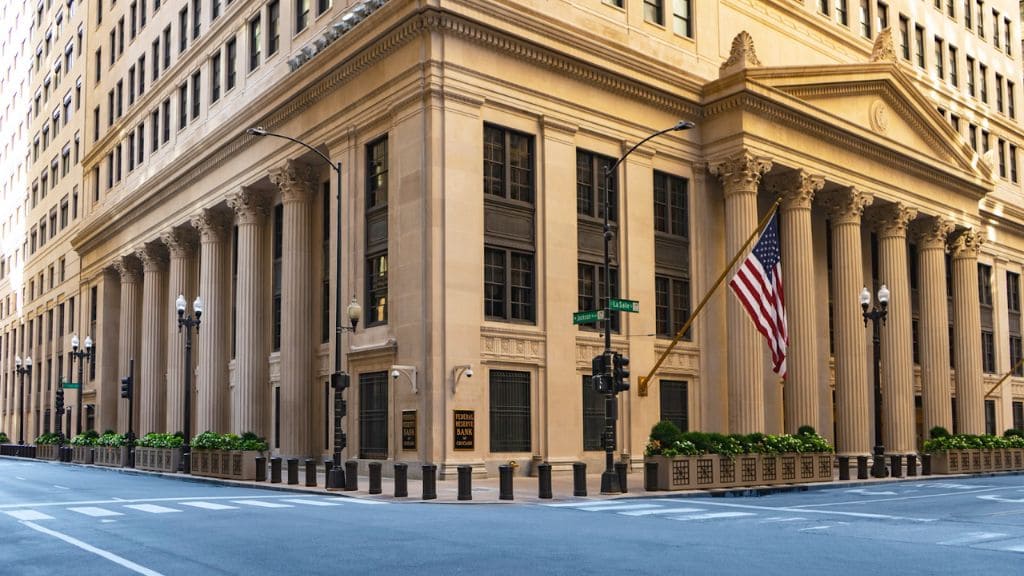The US Federal Reserve is taking a step towards integrating cryptocurrency institutions into the national financial system. Fed Governer Christoper Waller spoke at the central bank’s Payments Innovation Conference in Washington in mid-October, and announced that the central bank is considering offering so-called “skinny” master accounts to crypto financial institutions. This has the potential to change how digital finance operates in America.
Crypto and fintech companies have lobbied for years to get direct access to the Fed’s payment rails. This privilege has always been restricted to fully chartered banks. Master accounts allow banks to move funds, clear transactions, and interact directly with the Federal Reserve system. Up to this point, crypto firms have been unable to do this without partnering with traditional banks.
Waller’s proposal may change that, establishing a connection between “payment innovators” and America’s financial infrastructure.
Limited Access To The Fed’s Payment Systems
Under the proposed framework, “skinny” master accounts will give basic access to the Fed’s payment systems, but with limits on certain features like interest payments and account size. These streamlined accounts are intended to reduce risk while allowing innovators in blockchain and crypto banking to operate within federal oversight.
The new approach will benefit not just banks and crypto issuers, but also adjacent industries that rely on digital currencies. Both international remittance firms and gaming sectors, including casinos that accept Bitcoin, will get easier access to regulated payment systems. This means users will enjoy even faster transactions and greater transparency than what is already offered by these platforms.
According to Waller, the proposal is a “new era” for the Federal Reserve. This era no longer views decentralized finance and blockchain “with suspicion or scorn”. This statement signals a shift in tone from previous administrations, which often viewed crypto with regulatory skepticism.
Increased Integration Of Crypto Assets
Waller remarked that distributed ledger technology and crypto assets are “increasingly woven into the fabric of the payment and financial systems.” This recognition is a substantial change in how US regulators have viewed blockchain-based finance. The Fed’s willingness to work directly with crypto institutions can bring about more efficient payment processing, tokenized assets, and integration with central bank digital currency (CBDC) infrastructure.
Penny Lee, CEO of the Financial Technology Association, welcomed the proposal, saying, “Providing well-regulated payment innovators with access to the federal payment infrastructure is important for America’s financial future”.
Industry Reaction And Legal Challenges
Not everyone in the crypto sector is celebrating the proposal. Caitlin Long, CEO of Custodia Bank, a crypto institution that has long sought a full master account, cautioned that only legally eligible entities would qualify under Waller’s plan. Certain trust companies that hold digital assets but can’t accept deposits may remain excluded.
However, general optimism is high. Coinbase, Circle, and Stripe have reportedly been looking for bank charters. And with tech giants like Sony exploring digital finance, the “skinny” master account could finally be the connector between traditional finance and the decentralized economy.
This article provides information about gambling platforms or casinos operating with cryptocurrencies. Crypto Economy is not affiliated with any of the mentioned services. We remind our readers that the use of crypto casinos involves inherent financial and legal risks, which may vary depending on the jurisdiction. This content is for informational purposes only and should not be interpreted as an investment or participation recommendation.



